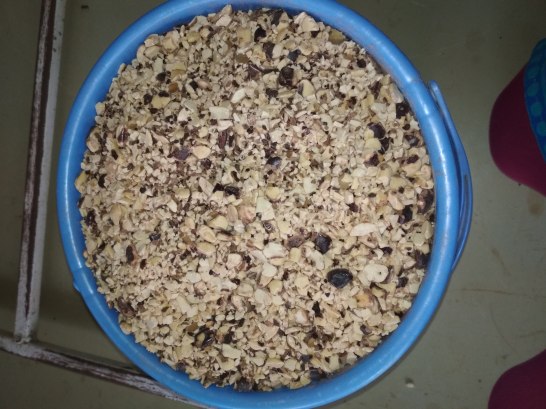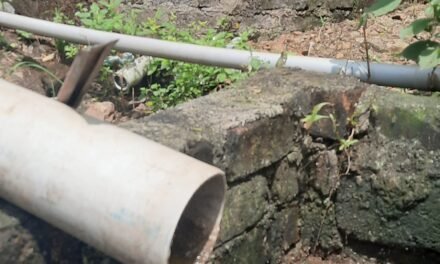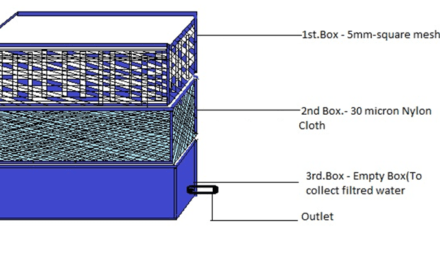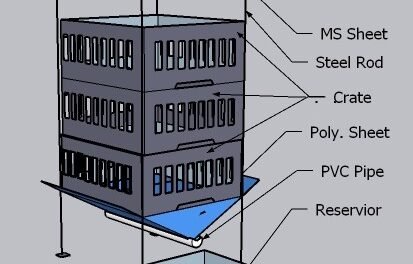TRICHODERMA:
Trichoderma viride is a fungus and a biofungicide. It is used for seed and soil treatment for suppression of various diseases caused by fungal pathogens.
Disease Control: Trichoderma is a potent biocontrol agent and used extensively for soil born diseases. It has been used successfully against pathogenic fungi belonging to various genera, viz. Fusarium, Phytopthara, Scelerotia etc. Plant Growth Promoter: Trichoderma strains solubilize phosphates and micronutrients.
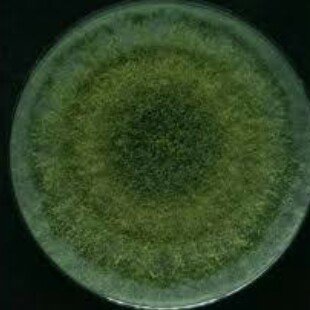
- Plant Growth Promoter: Trichoderma strains solubilize phosphates and micronutrients. The application of Trichoderma strains with plants increases the number of deep roots, thereby increasing the plant’s ability to resist drought.
- Biochemical Elicitors of Disease: Trichoderma strains are known to induce resistance in plants. Three classes of compounds that are produced by Trichoderma and induce resistance in plants are now known. These compounds induce ethylene production, hypersensitive responses and other defense related reactions in plant cultivars.
- Transgenic Plants: Introduction of endochitinase gene from Trichoderma into plants such as tobacco and potato plants has increased their resistance to fungal growth. Selected transgenic lines are highly tolerant to foliar pathogens such as Alternaria alternata, A. solani, and Botrytis cirerea as well as to the soil-borne pathogen, Rhizectonia spp.
- Bioremediation: Trichoderma strains play an important role in the bioremediation of soil that are contaminated with pesticides and herbicides. They have the ability to degrade a wide range of insecticides: organochlorines, organophosphates and carbonates.
We have received a request for 20kg of tricoderma viride. We decided to use this opportunity for field trial testing. 11kg of tarmind seed where brought from market and was grinded to the required size. Grind done using hand grinded tried with pulverizes get very fine powder which was not acceptable. Big mixer in food lab did not lead to required size. A normal home mixer gave us the required size. Fine powder was separated by sieve, this was autoclave in one single stroke and inoculated with tricoderma viride very fine obtained from open market. Heavier dose of inoculate was used which was 10 times higher than normal, this was done to take care of open tray system as incubator of required size was not available. Heavier inoculation was used to prevent any ….. or …….
Full growth was expected in one month and further process will be available in next month.
![IMG_20180821_130638[1]](https://shindesonal.files.wordpress.com/2018/12/IMG_20180821_1306381.jpg?w=511&h=383)
This month was mainly around tricoderma process. Our output was bit questionable and will decided to batch for (mr. vinay sambare mob. No. 9923587830). Hence new batch for tricoderma was processed closed to 1kg. tricoderma is ready which on mixing with talcum can generate 10 kg powder with appropriate count.
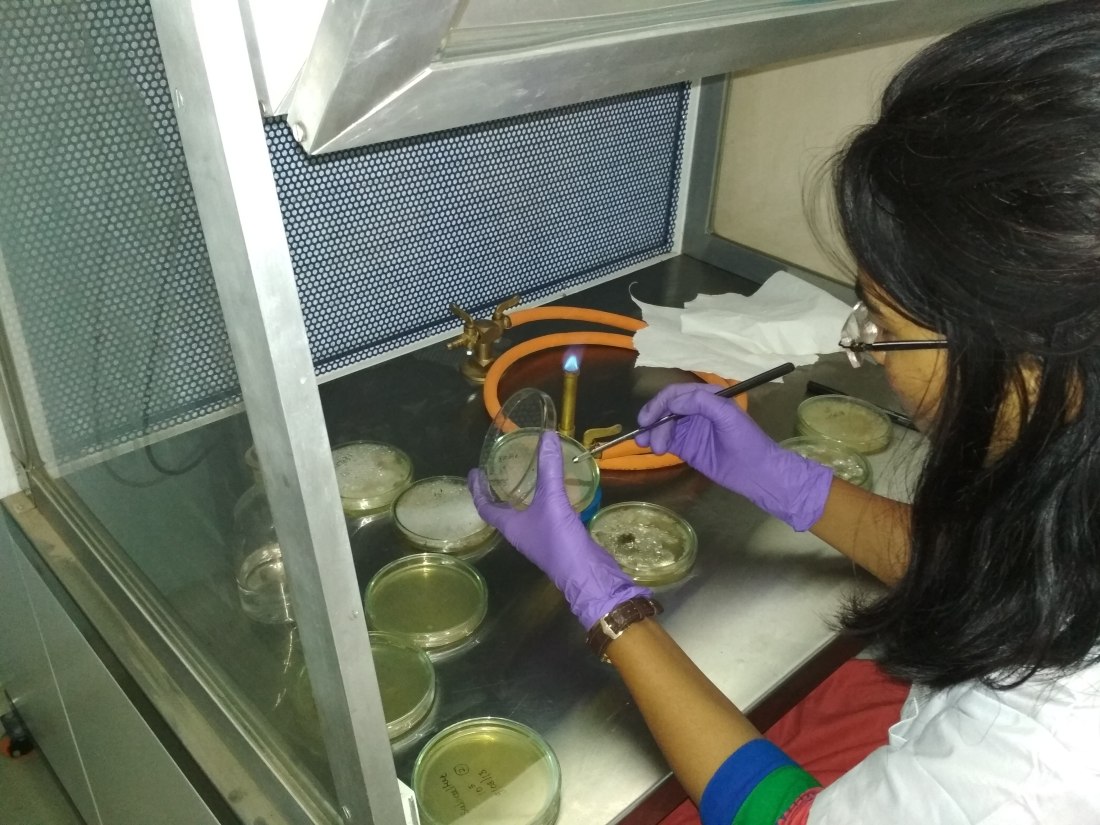
Method of application:
- Seed treatment: Mix 6 – 10 g of Trichoderma powder per Kg of seed before sowing.
- Nursery treatment: Apply 10 – 25 g of Trichoderma powder per 100 m2 of nursery bed. Application of neem cake and FYM before treatment increases the efficacy.
- Cutting and seedling root dip: Mix 10g of Trichoderma powder along with 100g of well rotten FYM per liter of water and dip the cuttings and seedlings for 10 minutes before planting.
- Soil treatment: Apply 5 Kg of Trichoderma powder per hector after turning of sun hemp or dhainch into the soil for green manuring. Or Mix 1kg of Trichoderma formulation in 100 kg of farmyard manure and cover it for 7 days with polythene. Sprinkle the heap with water intermittently. Turn the mixture in every 3-4 days interval and then broadcast in the field.
- Plant Treatment: Drench the soil near stem region with 10g Trichoderma powder mixed in a liter of water
Precautions:
- Don’t use chemical fungicide after application of Trichoderma for 4-5 days.
- Don’t use trichoderma in dry soil. Moisture is a essential factor for its growth and survivability.
- Don’t put the treated seeds in direct sun rays.
- Don’t keep the treated FYM for longer duration.









